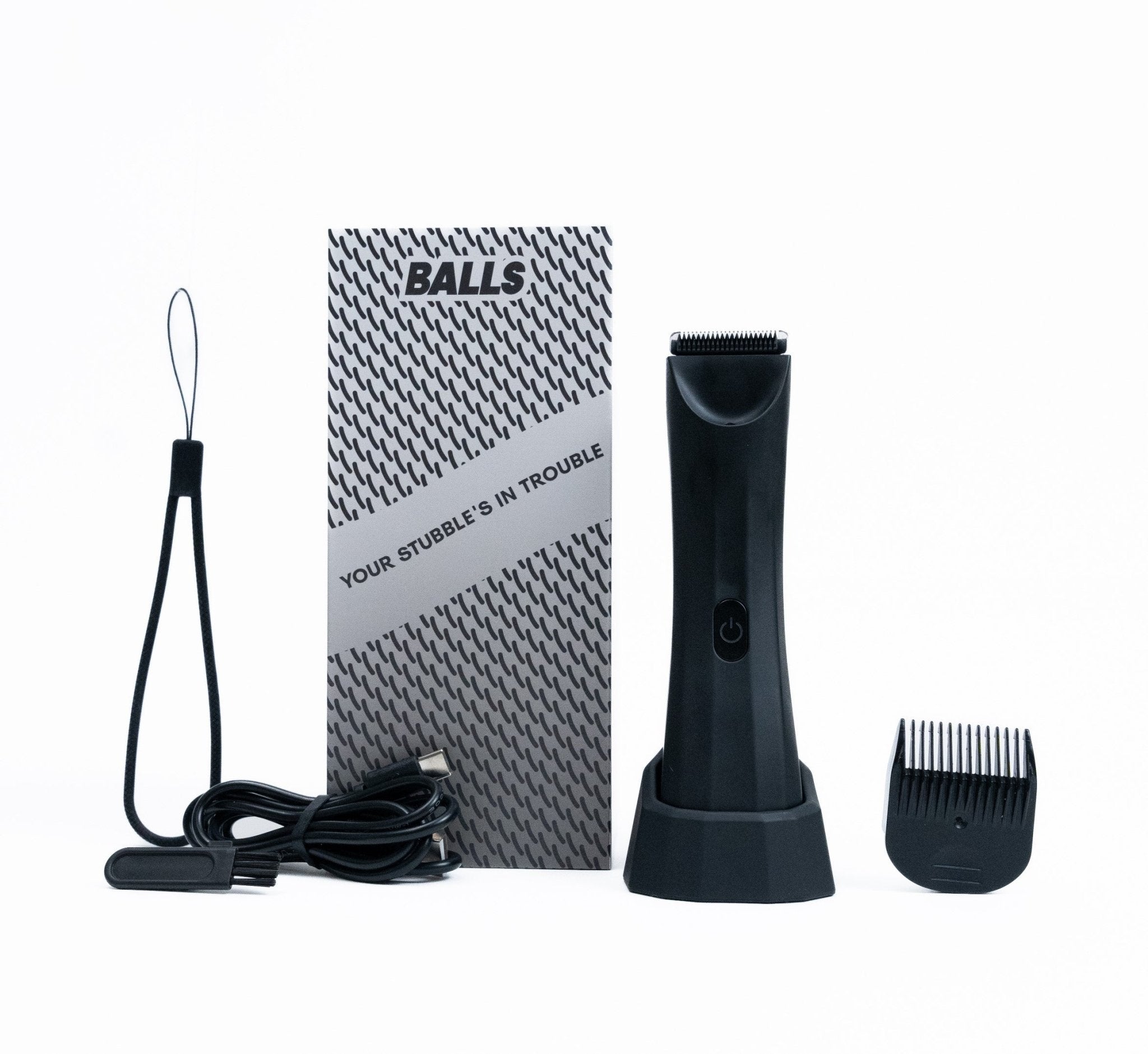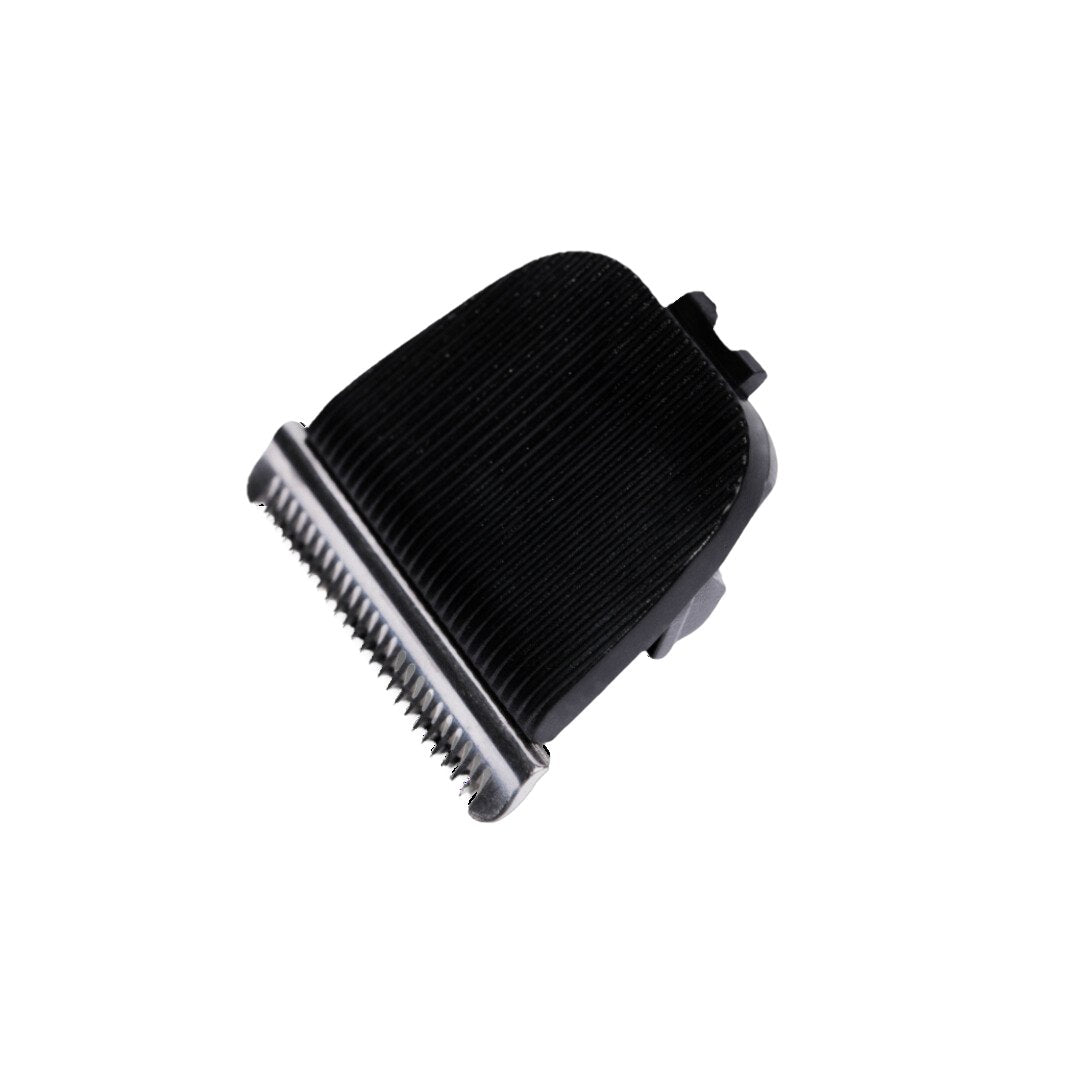Lumps in the Scrotum: Causes and Cures

Have you found a lump in or around your balls recently? The scrotal area offers protection for the testicles and makes up a part of the male reproductive system.
A lump in this area, also known as a scrotal mass, isn’t something men find easy to talk about, but it’s an important topic and most men will experience some kind of lump or another during their lives.
There are various reasons behind scrotal lumps. Although finding a mass can be worrying, there are many reasons this can happen and it’s often something minor.
It’s best to get anything unusual looked at so you can put your mind at rest. Most lumps are benign and won’t need any treatment. Others might need treatment but will still go away before you know it. Let’s take a closer look at what that lump could be.

Identifying a Lump in the Balls
The best way to examine your balls is to regularly roll them between your thumbs and fingers to give them a good check. The best time is when you’re trimming or shaving your balls.
If you do find a nodule or lump, it might mean something is up with one of your fellas and ignoring this can lead to future health issues.
Hold one ball between your thumbs and fingers and rub it gently all over, checking for smooth rounded masses or hard lumps. Also check for differences in texture, shape and size.
What Can Cause a Lump in the Scrotum?
Varicocele
An enlarged or varicose scrotum can cause low sperm production and also affect sperm quality. This can lead to fertility issues as well as testicular shrinkage.
There aren’t typically any symptoms with varicocele but these conditions develop over a long period of time, so if you have any of the following, see your doctor:
- Blood spots under the foreskin when you urinate
- Pain when standing up or sitting down
- Dull or sharp discomfort
Varicocele doesn’t usually produce symptoms and often doesn’t need treatment. This issue is often found during routine physicals or fertility exams.
Testicular Torsion
This is a painful condition which begins suddenly when a testicle twists or rotates on its spermatic cord. It reduces blood flow which can lead to a mass in one of your testicles as well as pain.
Although this condition has been linked to the rapid growth guys experience during puberty, other causes include cold temperatures and a spike in testosterone levels.
Some testicle issues are painless but this isn’t one of them! Along with the sudden pain, you might have:
- Nausea
- Vomiting
- Fever
- Abdominal pain
- Need to urinate often
- Swollen scrotum
- One ball higher than usual
Testicular torsion is an emergency and needs surgery immediately except where manual detorsion can help. Surgery usually requires anaesthesia. The doctor cuts a small hole in the scrotum and possibly stitch the spermatic cord inside.
The quicker you get to surgery, the better chance your balls have of staying intact. Waiting over 12 hours can be risky, since you might lose one or both balls.
Spermatocele and Epididymal Cysts
The male reproductive system has an epididymis which is responsible for collecting sperm from the testes and transporting it. A cyst in this area feels like a scrotal mass in the coiled tube which goes behind each ball.
Also called a spermatic cyst, spermatocele is like an epididymal cyst. It’s a swelling that appears in the fluid-filled sac near the top of each testicle, except it has sperm cells too. Such a lump is usually painless.
Each kind of cyst is a firm, smooth lump on the left or right side of your scrotum. The lump might be caused by the sperm-carrying tubes being obstructed.
Viral infections, STDs and bacterial infections can also cause cysts. Both kinds of cysts mentioned here are benign and won’t cause any reproduction issues.
Cysts often go away by themselves and you can apply a warm flannel to help with the swelling. Another option is having them taken away by a doctor who will use local anaesthetic.
Cysts can be largely symptom-free but symptoms can include:
- A red scrotum
- Swelling with pain
- Pain in the lower back or groin and abdomen
- Hard or swollen balls
- Tender or swollen epididymis
- A heavy feeling or pressure at the base of the penis
You likely won’t need treatment for this type of scrotal mass, but it’s important to see a urologist first of all, to determine whether treatment is in fact needed.
An operation known as spermatocelectomy can be performed in case the cysts become painful, too large or cut off the blood supply. This type of surgery drains the excess fluid and restores healthy blood flow.
Testicular Cancer
This is probably the last thing anyone wants to hear from their doctor. It isn’t known for sure what can cause cancer in the scrotal area, and all health professionals know is that it happens when the healthy cells in testicles become altered.
Healthy cells grow and divide to keep the body working properly, but if cell growth starts to get out of control, abnormal cells can be the result, which lead to tumours.
The American Cancer Society tells us the average American male has about a 1 in 250 chance of getting testicular cancer. It’s the most common type of cancer in males between 20 and 34 years of age, but it can occur at any age.
Symptoms of testicular cancer can include the following:
- Tender or enlarged breasts
- Back pain
- Dull aching around the groin
- Pain in the scrotum or testicle
- Fluid buildup in the scrotum
- A heavy feeling in the balls
- Enlarged testicle(s)
If you’ve had any of those symptoms for more than a fortnight, make an appointment with your doctor to get checked. Leaving it too long can mean worsening health issues or even fertility problems down the line.
The sooner the condition is discovered the sooner treatment can begin, and when caught early testicular tumours are curable.
An ultrasound will be used to determine whether it’s cancer and what stage it’s at. The ultrasound gets images from inside the body using soundwaves, and these images are used to determine whether you need treatment.
There has been progress made in recent years with regard to testicular cancer. There are new advancements in radiation technology which mean treatment methods have evolved and doctors enjoy better precision when giving patients chemotherapy.
Inguinal Hernia
This is caused by some of your intestines poking through a weak area in your abdominal muscles.
This abnormal bulge can cause swelling and pain when it gets bigger, and the solution is surgery to prevent masses in the testicles being formed. Some of the symptoms are:
- An aching or burning feeling at the site of the bulge
- Pressure or weakness in the groin
- Discomfort or pain in the groin
- A bulge on one side of the pubic bone
- A dragging or heavy feeling in the groin
- Swelling and pain around the testicles (only if the intestine bulge has descended that far)
There are two different treatment options:
- A minimally invasive operation where incisions are made in the abdomen and laparoscopic instruments are used to fix the hernia
- An open hernia repair where an incision is made in the groin and the protruding tissue is pushed back where it should be. This takes several weeks to fully heal.
Although the best thing for any scrotal swelling, pain or lumps is a visit to your GP, there are some home remedies you can try to minimise the discomfort:
- Take painkillers to relieve pain
- Apply ice to a mass to reduce the swelling
- Soak in the tub to reduce swelling and help with the pressure from affected veins
- Wear athletic support to cushion the testicles
- Protect your balls from torsion by avoiding any strenuous activities
Can You Prevent Lumps and Swelling in the Balls?
Although you can’t do anything to completely prevent issues with the testicles, self-exams and regular checkups are the best way to stay on top of things.
Not only does manscaping give you a clean feeling and groomed look, but it also helps you find any abnormalities as soon as they begin.
Has it been a while since you groomed down there? It’s time to grab your BALLS Trimmer and have a tidy-up, so you can check for anything unusual at the same time.






